

The cosmetics industry thrives on innovation, and packaging plays a pivotal role in product success. The right packaging not only protects the product but also conveys a brand's identity, sustainability ethos, and quality assurance. In this guide, we explore the ideal plastic packaging for
, delving into material properties, market trends, and sustainability considerations.
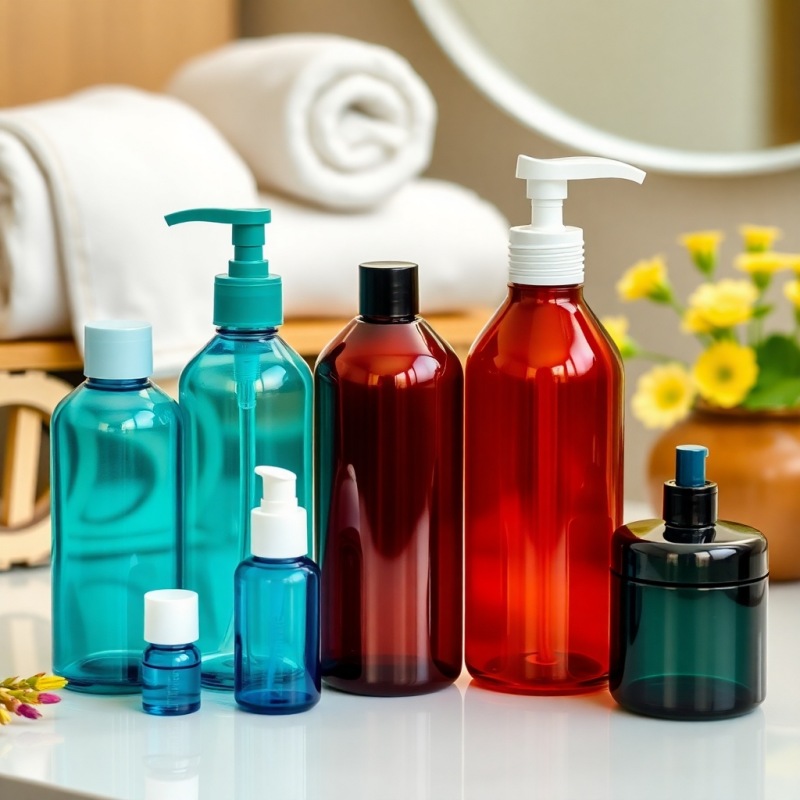
Plastic packaging dominates the cosmetics sector due to its versatility, affordability, and design flexibility. Materials such as High-Density Polyethylene (HDPE), Polypropylene (PP), and Polyethylene Terephthalate (PET) lead the market, offering unique benefits tailored to various products like s, s, and balms.
Choosing the right material involves balancing durability, aesthetics, sustainability, and cost. This article serves as a comprehensive resource for understanding the nuances of plastic packaging in the cosmetics industry.
Cosmetic products, often delicate and sensitive to environmental factors, require robust packaging. Materials like HDPE and PET excel in providing protection against moisture, UV light, and physical impact, ensuring product longevity and customer satisfaction.
Plastic packaging serves as a canvas for brand storytelling. Custom shapes, vibrant colors, and innovative closures help brands stand out on crowded shelves. For luxury products, materials like (Acrylic) add an aesthetic appeal that attracts premium customers.
Modern consumers prioritize eco-friendly practices. Brands adopting recyclable plastics or biodegradable alternatives gain a competitive edge, aligning with the growing demand for sustainability in the cosmetics market.
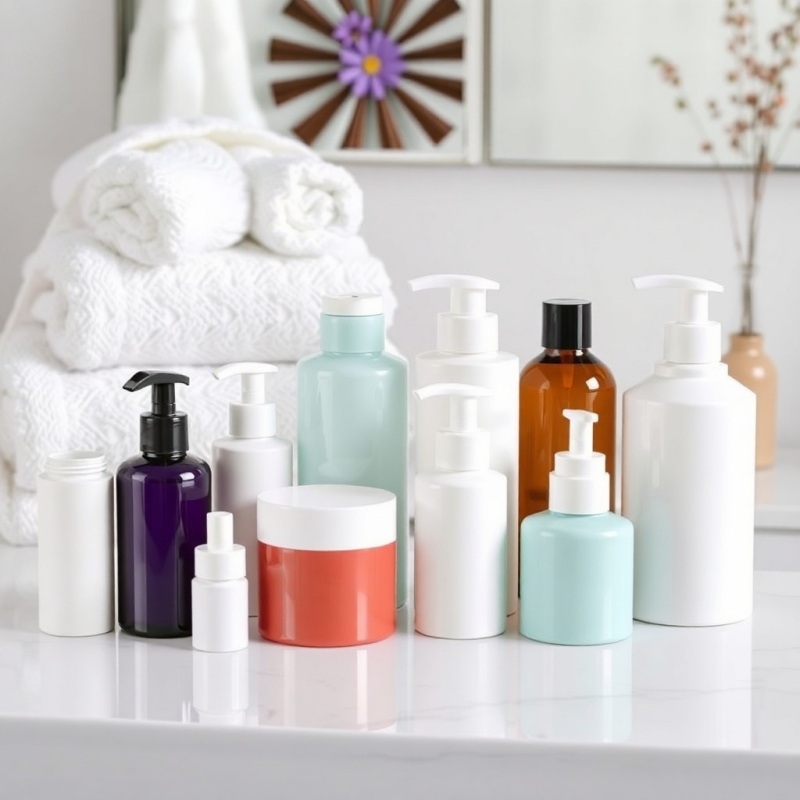
HDPE is a top choice for its durability, chemical resistance, and recyclability.
Durability: Resistant to impact and ideal for transport.
Chemical Resistance: Safely stores formulations containing reactive ingredients.
Sustainability: Widely recyclable, contributing to a circular economy.
Lotion bottles
Shampoo containers
tubes
| Feature | Description |
|---|---|
| Density | Lightweight (0.95 g/cm³) |
| Recyclability | Widely recycled globally |
| Versatility | Compatible with pumps, sprays, and closures |
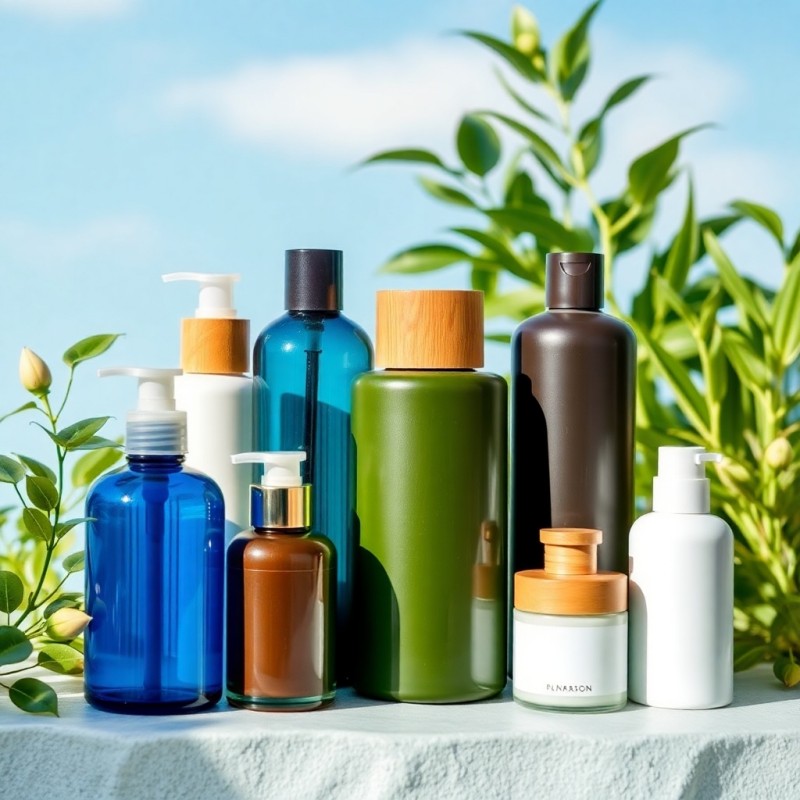
Renowned for its clarity and recyclability, PET is preferred for products requiring visibility and aesthetic appeal.
Transparency: Crystal-clear appearance enhances product presentation.
Barrier Protection: Shields contents from gases and moisture.
Recyclability: Easily integrated into sustainable packaging strategies.
bottles
Skincare jars
Liquid-based product containers
| Feature | Description |
|---|---|
| Weight | Lightweight (1.37 g/cm³) |
| Chemical Resistance | Moderate |
| Temperature Tolerance | Up to 60°C |
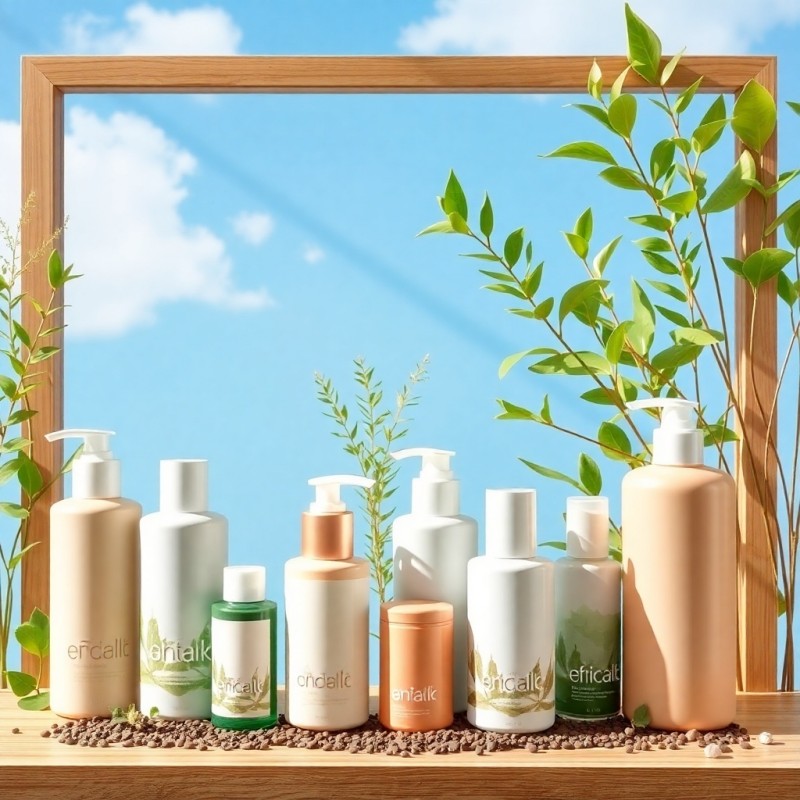
PP stands out for its chemical resistance and cost-effectiveness.
Chemical Compatibility: Ideal for s, balms, and reactive formulations.
Lightweight: Facilitates cost-effective shipping.
Versatility: Supports diverse designs and closures.
Cream jars
Compact cases
Cosmetic caps
| Feature | Description |
|---|---|
| Chemical Resistance | Excellent |
| Recyclability | Limited infrastructure |
| Durability | Resistant to cracking |
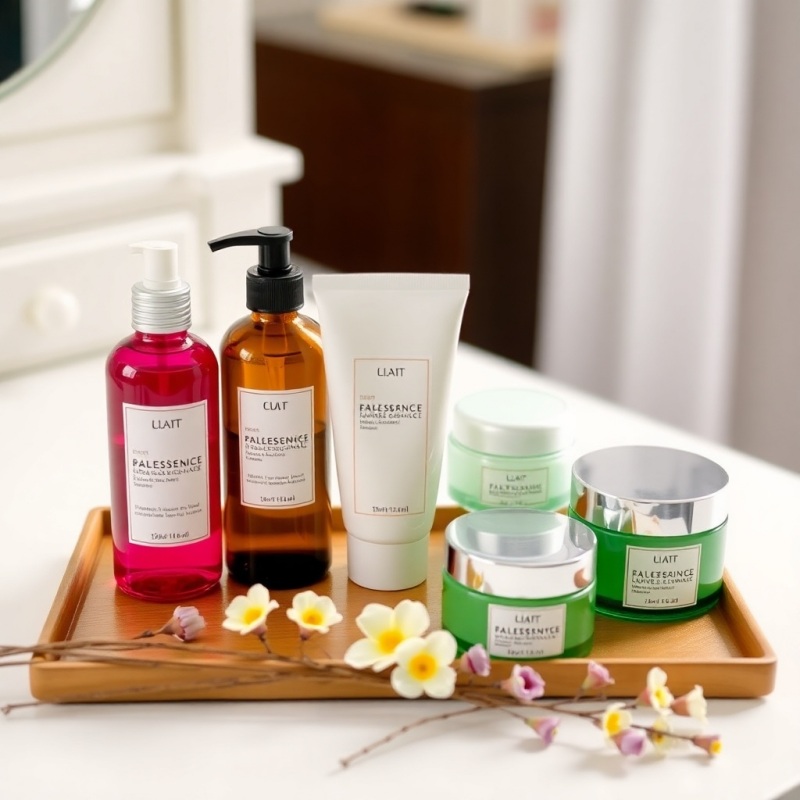
Acrylic plastics cater to the luxury segment, offering unmatched visual appeal.
Aesthetics: Mimics the look of without fragility.
Customization: Supports intricate designs.
Durability: Resistant to scratches and impact.
High-end cream jars
Perfume bottle caps
Decorative packaging elements
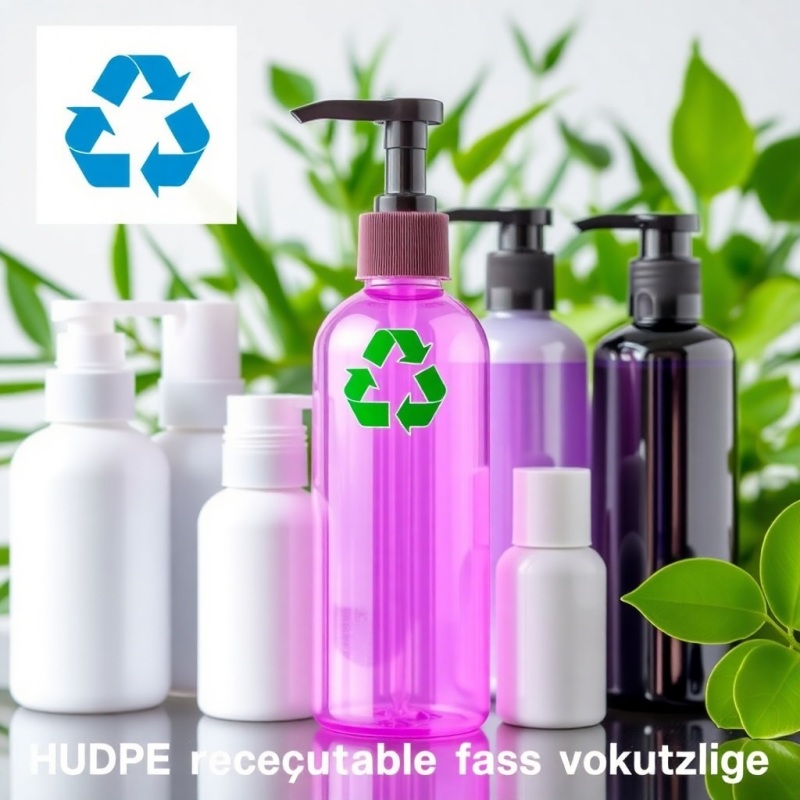
Sustainability has shifted from a trend to a necessity. Brands leverage materials like recycled PET (rPET) and bioplastics to meet consumer expectations and regulatory requirements.
Post-Consumer Recycled Plastics: Reduces the need for virgin material.
Biodegradable Plastics: Derived from renewable sources like corn starch.
Mono-Material Designs: Simplify recycling by using a single type of plastic.
| Material | Benefits | Limitations |
|---|---|---|
| rPET | Reduces landfill waste | Limited availability |
| Bioplastics | Renewable and biodegradable | Higher production costs |
| Mono-Material | Easy to recycle | Restricts design possibilities |
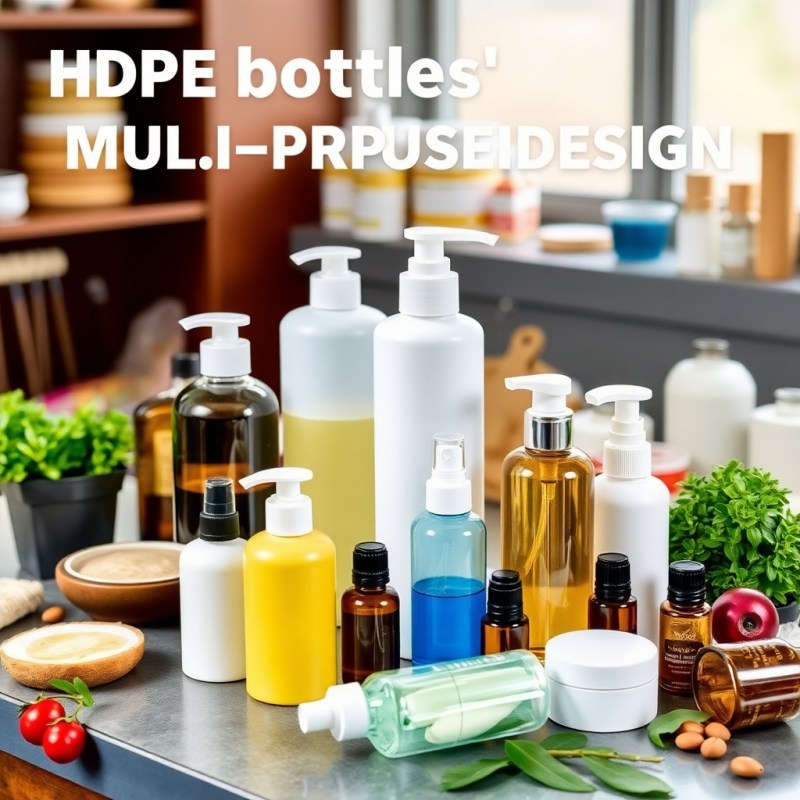
Refillable packaging systems and smart packaging solutions are redefining sustainability in cosmetics.
Refillable Systems: Encourage reuse, reducing single-use plastic waste.
Smart Packaging: Integrates sensors to track freshness and optimize product usage.
The flexibility of plastics allows brands to experiment with colors, textures, and finishes. From matte to glossy surfaces, plastic packaging can reflect a brand's identity while attracting target demographics.
Plastic packaging supports innovative dispensing systems, including airless pumps and squeezable tubes, ensuring user convenience and product preservation.
| Feature | Example |
|---|---|
| Closure Types | Flip caps, droppers, pumps |
| Customization Options | Embossing, screen printing |
| Protective Features | UV protection, tamper-evident seals |
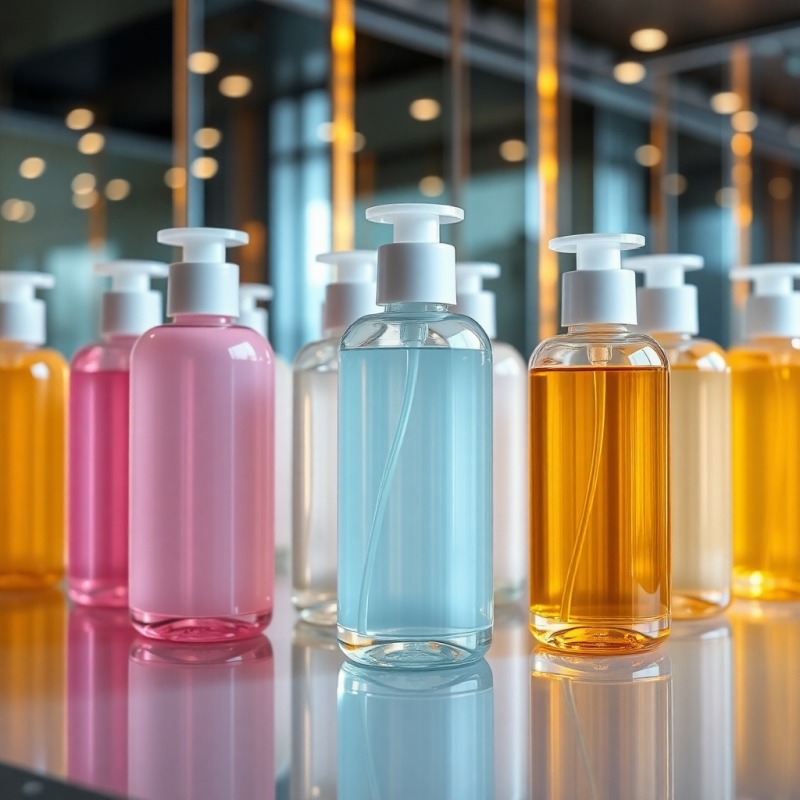
Answer: High-Density Polyethylene (HDPE) and Polyethylene Terephthalate (PET) are considered sustainable due to their recyclability. Bioplastics and post-consumer recycled plastics are emerging as eco-friendly alternatives.
Answer: Brands can use recycled plastics and lightweight designs to reduce material usage and shipping costs while meeting sustainability goals.
Answer: PET offers excellent clarity, making it ideal for showcasing skincare products. Its recyclability also aligns with sustainability trends.
Answer: Refillable packaging allows consumers to reuse containers by purchasing refills, reducing waste and promoting sustainability.
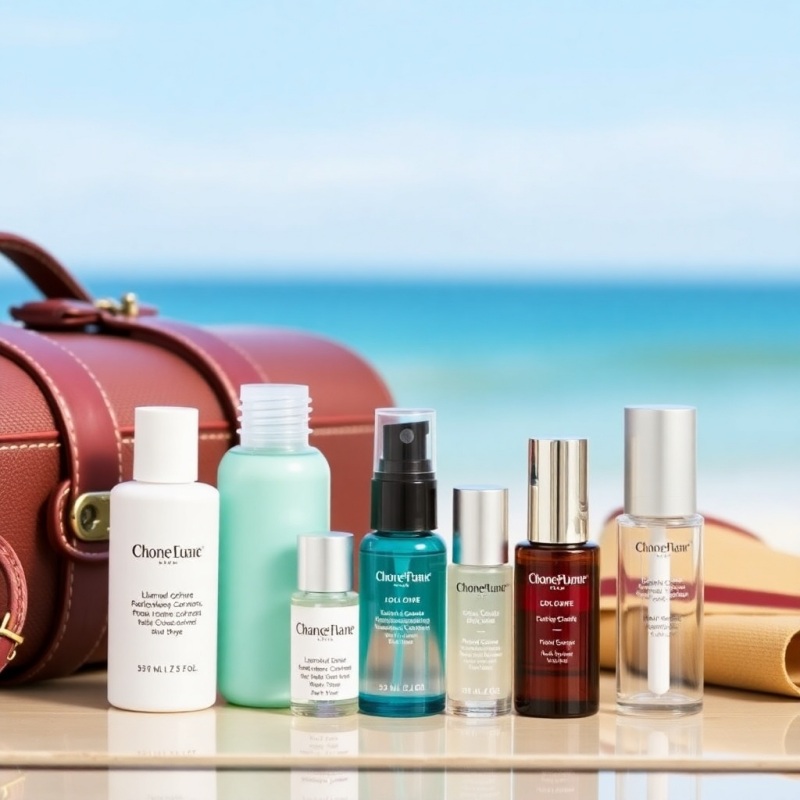
Plastic packaging remains indispensable in the cosmetics industry due to its adaptability, affordability, and ability to meet diverse consumer needs. By carefully selecting materials like HDPE, PET, and PP, brands can strike a balance between functionality, aesthetics, and sustainability. Embracing innovative designs and eco-friendly practices will ensure long-term success in a competitive and environmentally conscious market.





